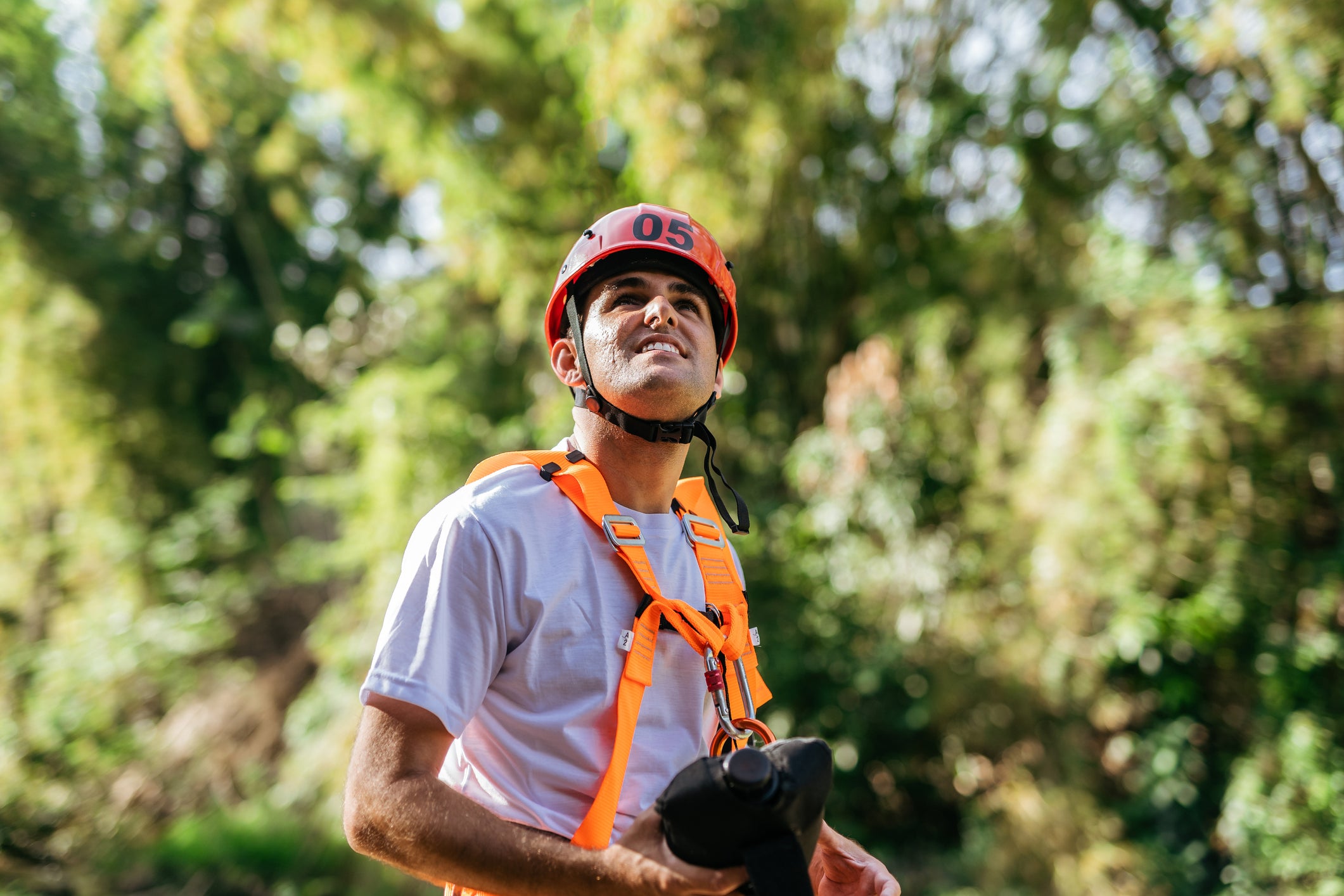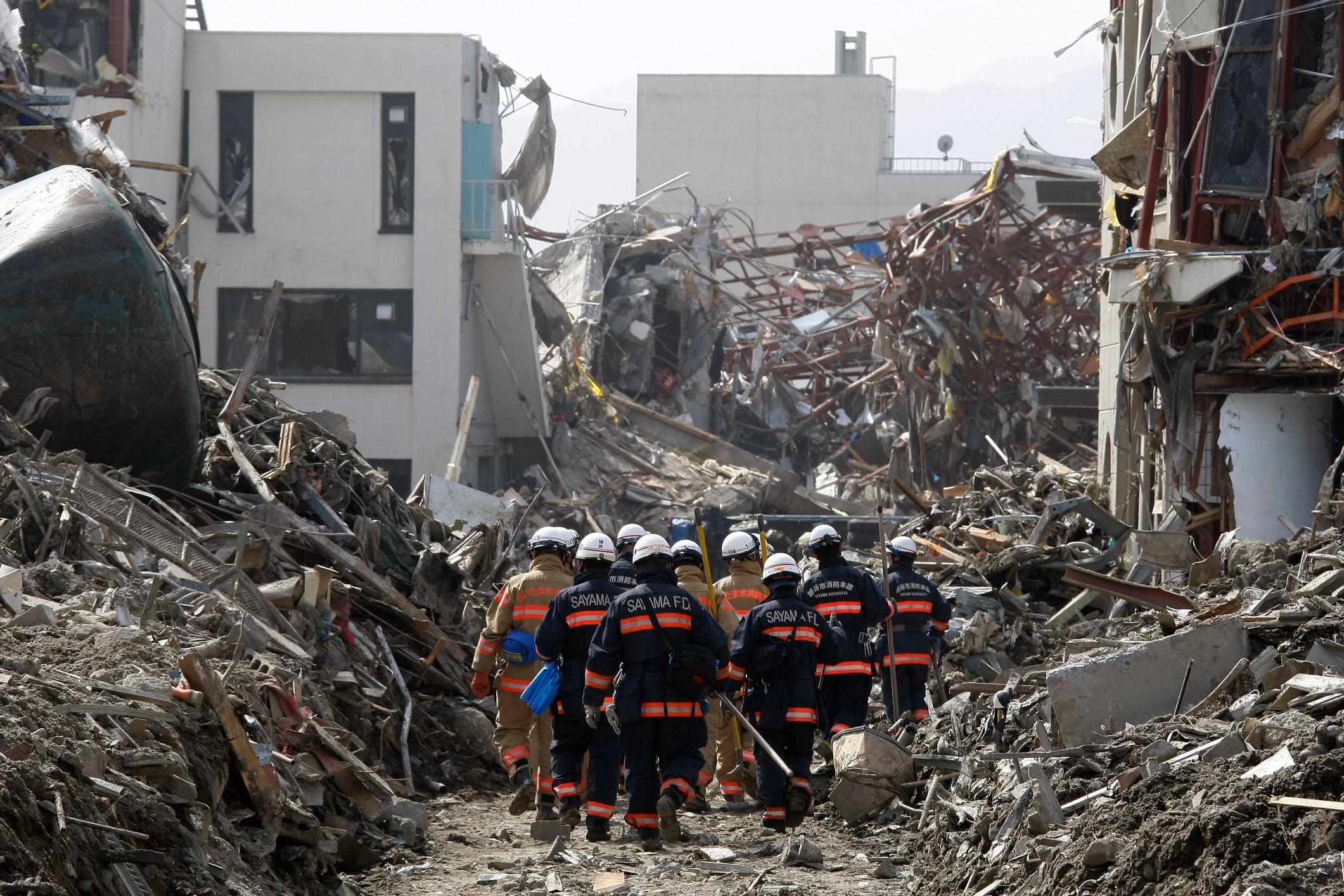Understanding the risk of ground subsidence and how to prevent it
table of contents
Introduction
1. Ground investigation and monitoring
2. Appropriate architectural design
4.Ground reinforcement technology
6. Role of local community
7. Relationship between climate change and land subsidence
summary
Introduction
Land subsidence refers to the phenomenon in which underground land and strata sink due to compression, flooding, etc. The main causes include over-pumping of groundwater, compaction of underground strata, and ground failure due to underground mining and groundwater pumping. Land subsidence is an important issue because it can cause damage to buildings and infrastructure.
1. Ground investigation and monitoring
Ground investigation and monitoring are important steps in the prevention and management of land subsidence. By assessing ground conditions and tracking changes, you can detect problems early and take action.
1-1 Importance of ground investigation
Soil investigation is the process of assessing whether a particular area or building is susceptible to land subsidence. The investigation includes the following steps:
① Ground evaluation
Understand the type of ground (cohesive soil, sand, rock, etc.) and underground structure. This allows you to understand the strength and stability of the ground.
② Survey of groundwater level
By understanding the depth and fluctuations of groundwater levels, you can assess the risk of ground subsidence. Excessive groundwater pumping can cause land subsidence.
③Evaluation of seismic activity
We also evaluate seismic activity, taking into account the impact of earthquakes on ground subsidence.
1-2 Importance of monitoring
Even after a building is constructed, it is important to continue monitoring the ground conditions. Monitoring is done in the following ways:
1-3 Measuring ground displacement
To monitor ground movements in real time, we use technologies such as sensors and GPS to measure ground displacement.
①Monitoring of groundwater level
Regular monitoring of groundwater levels allows you to understand fluctuations in groundwater levels and take measures if necessary.
② Building change monitoring
By monitoring the tilt and distortion of a building, you can evaluate the effects of ground subsidence on the building.
2. Appropriate architectural design
Proper architectural design is a key element in minimizing the effects of land subsidence. It is necessary to design robust and earthquake-resistant buildings while taking into account the characteristics of the ground and the risk of local ground subsidence.
2-1 Points of architectural design
①Foundation design tailored to the characteristics of the ground
It is important to perform an appropriate foundation design depending on the type and strength of the ground. In soft ground, the foundation should be reinforced using appropriate soil improvement techniques.
②Ensuring appropriate earthquake resistance
It is important to design buildings taking into account not only ground subsidence but also the effects of earthquakes. Earthquake-resistant structures will be adopted to minimize tilting and damage to the building.
③Appropriate drainage design
One of the main causes of land subsidence is excessive pumping of groundwater levels. It is important to properly design drainage around buildings to prevent groundwater accumulation.
④ Building weight and uniformity
It is necessary to appropriately distribute the load on the ground by considering the weight distribution and uniformity of the building. Uniform urban planning is important because excessive building density in some areas can cause land subsidence.
3. Involvement of experts
Proper architectural design requires the involvement of professionals such as architects and structural engineers. They are familiar with the soil properties and local conditions and can provide advice on designing safe and durable buildings.
3-1 Management of groundwater level
Groundwater level management is an important measure to reduce the risk of land subsidence. Proper management of groundwater levels can maintain ground stability and prevent problems such as flooding of buildings and areas.
3-2 How to manage groundwater level
① Sustainable pumping
Pumping of groundwater levels is the main cause of land subsidence. When pumping groundwater, it is important to do so within sustainable limits. Excessive pumping promotes ground subsidence, so it is necessary to maintain an appropriate amount of water throughout the area.
②Restrictions on refilling wells
The use of recharge wells (which return water to cavities created by pumping groundwater) may be restricted. Refill wells can cause land subsidence and require careful management.
③Artificial groundwater injection
In some areas, attempts are being made to raise the ground by artificially injecting groundwater. However, it is important to properly manage the quality and quantity of injected groundwater.
3-3 Significance of groundwater level management
①Maintaining ground stability
Appropriate groundwater level management can maintain ground stability. This is to prevent the ground from loosening or subsidence due to excessive pumping.
②Reducing impact on buildings
Managing groundwater levels can reduce damage to buildings and tilting. It is possible to minimize the effects of ground permeability and pressure fluctuations on buildings.
③ Preventing local flooding
Proper groundwater table management helps reduce flooding risk across the region. Proper management of groundwater levels can prevent excessive rise in groundwater during times such as heavy rains.
4.Ground reinforcement technology
Soil reinforcement technology refers to technology used to improve the strength and stability of the ground. In areas where the risk of ground subsidence is high, it is important to utilize ground reinforcement technology to ensure the safety of buildings and infrastructure.
4-1 Main ground reinforcement technologies
① Ground improvement
It is a method of improving the physical and chemical properties of the soil. Lime and cement are added to increase the strength of the ground and reduce the risk of subsidence. We may also use techniques such as jet grouting and deep mixing to strengthen the soil.
②Pile method
A method of supporting the foundation of a building by driving piles into the ground. Piles reach deep into the ground and use a stable soil layer to distribute the building's load. Types of piles include steel pipe piles and steel reinforced concrete piles.
③Ground expansion method
This is a method of spreading the ground by applying pressure to the top of the ground. This can increase the density of the soil and improve its strength. Ground expansion methods include plate loading and dynamic compaction.
④ Grout injection method
This is a method of filling gaps and cavities in the ground by injecting grout into the ground. This improves the integrity of the ground and reduces the risk of subsidence and flooding.
4-2 Technology selection and implementation
When selecting a ground reinforcement technology, the type and condition of the ground, the purpose of the building, etc. are taken into consideration. The most suitable soil reinforcement technology is determined through detailed ground investigation and evaluation by experts. Construction should be carried out by skilled technicians, and proper quality control and monitoring are important.
5.Establishment of ground protection area
Establishing soil protection zones means identifying areas at high risk of land subsidence and implementing appropriate regulations and restrictions. This makes it possible to control the construction and use of buildings and infrastructure while maintaining ground stability.
5-1 Method for setting ground protection areas
①Ground investigation and evaluation
We identify areas at high risk of ground subsidence based on information such as ground type, groundwater level, and seismic activity. Ground investigation and evaluation by experts is essential.
② Creation of risk map
Create a risk map showing ground risks. This allows you to visually understand areas at high risk of land subsidence.
③ Setting limits and regulations
In areas with a high risk of land subsidence, we will introduce restrictions and regulations such as building height restrictions, foundation design regulations, and groundwater level management. This ensures the safety of buildings and areas.
5-2 Significance of ground protection area
① Disaster risk reduction
By establishing a ground protection area, you can reduce the risk of building damage and flooding due to ground subsidence.
② Sustainable development
The establishment of soil protection zones supports the sustainable development of regions while minimizing the impact of ground subsidence on construction and development activities.
③ Improving emergency response capabilities
Establishing a ground protection area will facilitate appropriate response in the event of a disaster. It is possible to formulate evacuation plans and recovery measures based on past data and risk assessments.
6. Role of local community
Local communities play an important role in understanding the risks of land subsidence and promoting preventive measures. By working together with local residents, organizations and businesses to tackle the problem of land subsidence, we can maintain a safe environment and minimize risks.
6-1 Roles and activities of local communities
①Promotion of awareness activities
Our role is to widely understand the risks of land subsidence and their impacts through providing information and awareness-raising activities to local residents. We will communicate the importance of countermeasures to local people through workshops, seminars, pamphlets, etc.
② Cooperation in ground monitoring
By building a system for residents to observe and report ground movements, we will help detect changes at an early stage. This allows you to accurately understand the ground condition and take necessary measures.
③ Unity of the local community
We will strengthen regional cohesion and promote common understanding and efforts against land subsidence. Cooperation between residents and local organizations allows for a unified approach to land subsidence.
④ Collaboration with local governments
Local communities can work together with local governments to implement land subsidence countermeasures and provide information, resulting in more effective efforts. It is important to proceed with measures tailored to the characteristics of the region while receiving support from local governments.
7. Relationship between climate change and land subsidence
Climate change and land subsidence have a complex relationship. The effects of climate change can accelerate land subsidence, and land subsidence can influence climate change. The relevance is explained below.
7-1 Sea level rise and land subsidence
As the world warms due to climate change, glaciers and ice sheets will melt, causing sea levels to rise. In areas where sea levels are rising, seawater can erode groundwater, accelerating land subsidence. This may increase the risk of land subsidence and flooding in coastal areas.
① Fluctuations in groundwater level
Changes in rainfall patterns and drying due to climate change can affect fluctuations in groundwater levels. Excessive pumping or reduction of groundwater can cause land subsidence.
②Earthquakes and ground subsidence
Climate change may affect stress distribution in the Earth's crust, leading to changes in seismic activity. Earthquakes can be a factor in ground subsidence, but at the same time, ground movement caused by earthquakes can also affect ground subsidence.
7-2 Measures and prospects
Understanding the relationship between climate change and land subsidence will influence how we think about countermeasures. Appropriate measures should be considered based on the characteristics and circumstances of each region. This includes appropriate adaptation measures to sea level rise, stronger management of groundwater levels, and improved earthquake resistance.
summary
Understanding and preventing the risk of land subsidence requires ground investigation and monitoring, appropriate architectural design, groundwater level management, use of soil reinforcement techniques, establishment of soil protection areas, community cooperation, and climate change mitigation. Relevance must be considered. Together, these measures can minimize risks from land subsidence and ensure regional safety and sustainable development.








